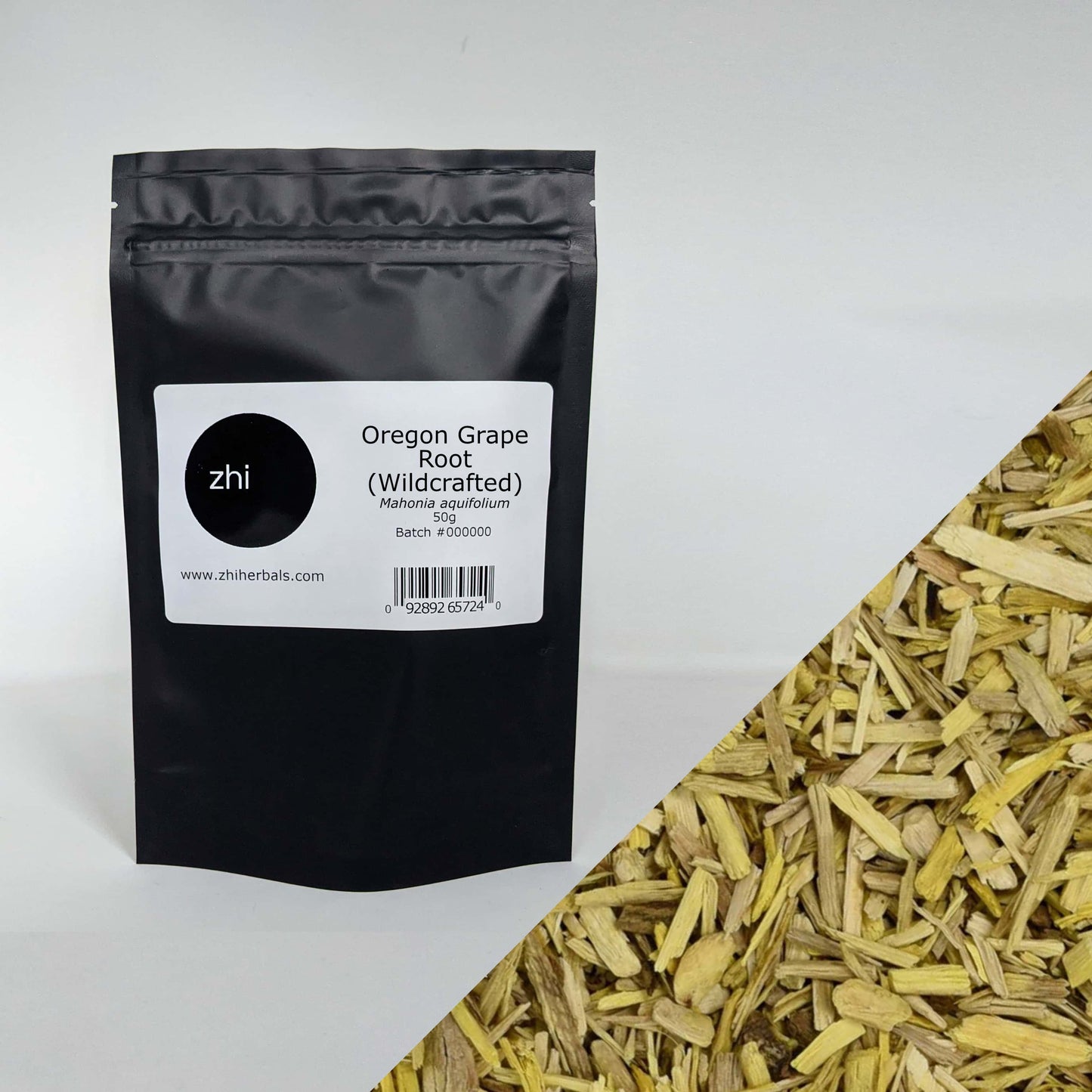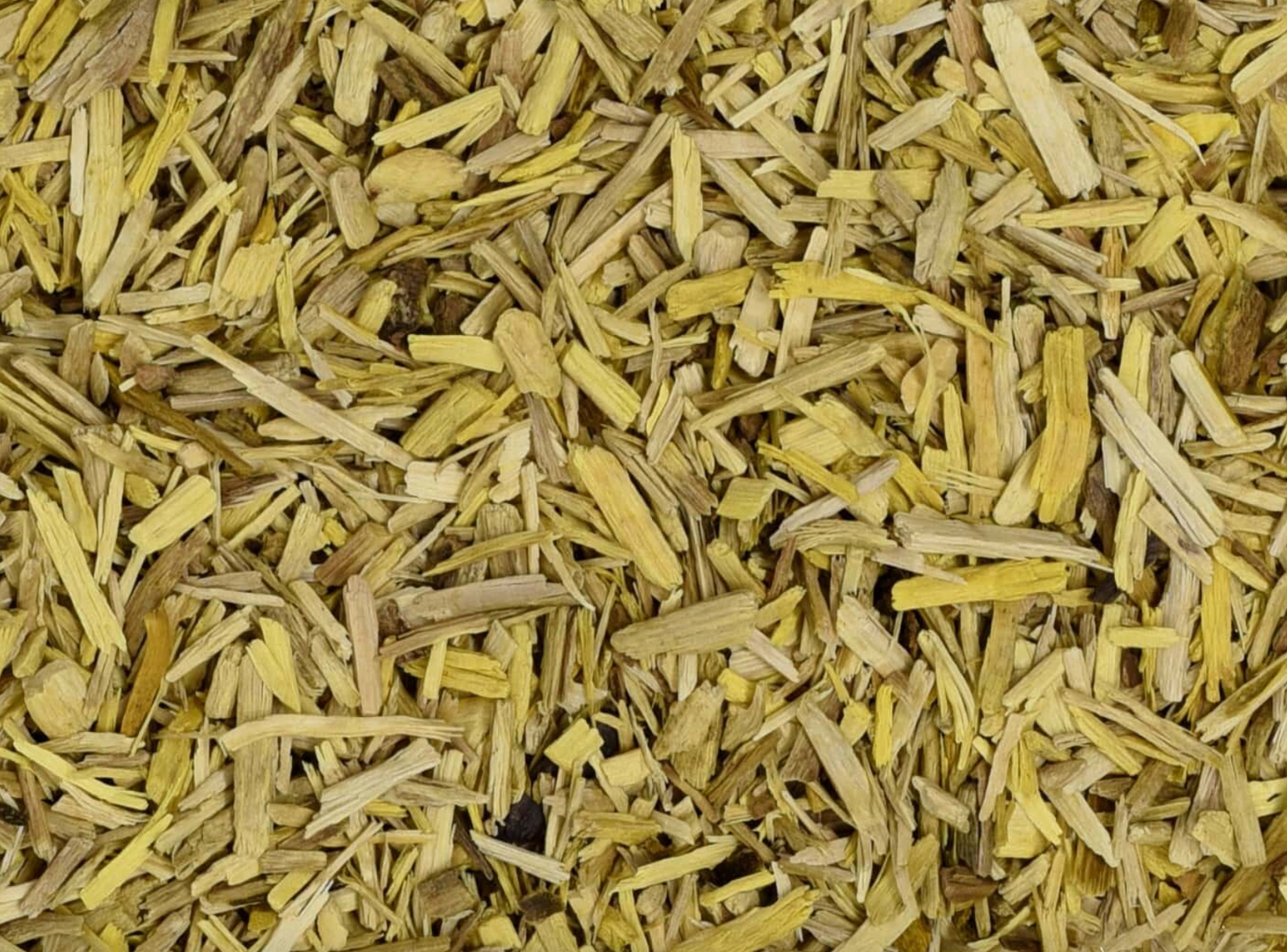Zhi Herbals
Oregon Grape Root (Wildcrafted)
Oregon Grape Root (Wildcrafted)
Couldn't load pickup availability
Common Name
Oregon Grape, Creeping Oregon Grape, Holly-Leaved Barberry, Holly-Leaf Oregon Grape, Mahonia, Mountain Grape
Latin Name
Mahonia aquifolium
Origin
United States
What Is Oregon Grape Root?
Berberis (Mahonia) aquafolium is an evergreen shrub with a long history of traditional use by the Indigenous Peoples of the Pacific Northwest. Oregon grape berries can be eaten as an edible fruit, and the root is used as an herbal remedy for the liver, digestion, and the immune system. Oregon grape is an herb native to BC, where we are located.
How to Use Oregon Grape Root (Common Uses)
Oregon grape root can be taken internally as a tea, powder, capsules, or extract.
Medicinal Uses and Benefits of Oregon Grape Root
Oregon grape root is a traditional healing remedy for increasing bile flow and digestive power. Oregon grape is well known for its powerful anti-inflammatory effects.
Oregon grape root affects the liver by stimulating an increase in bile production and detoxification. It is a popular ingredient in herbal formulations for gallstones.
Often used when infections are present, Oregon grape root can have beneficial effects against candidiasis, H. pylori, and acne causing bacteria.
Oregon grape root tastes bitter. Combining it with flavor-enhancing herbs such as licorice root can help to improve its taste.
Oregon grape is not the same as berberine. Berberine is a natural compound found within Oregon grape root, as well as in other roots such as goldenseal and barberry. Due to its high berberine content, Oregon grape root is often used as a substitute for goldenseal root.
Recently, Oregon grape root has gained popularity as an herb for weight loss, due to its affordability and high berberine content.
Active Constituents in Oregon Grape Root
Berberine, berbamine.
Notable Facts About Oregon Grape Root
People who are pregnant should not take Oregon grape root.
Share


Great products, Fast delivery and no shipping. Excellent experience!


